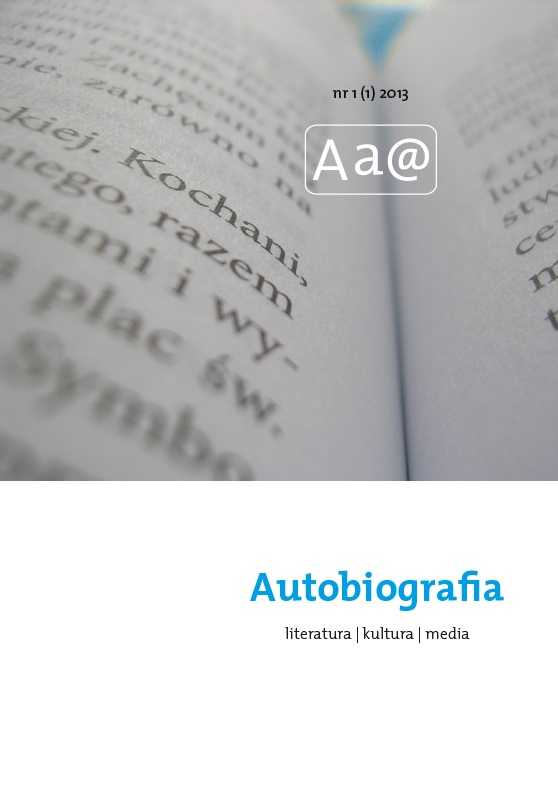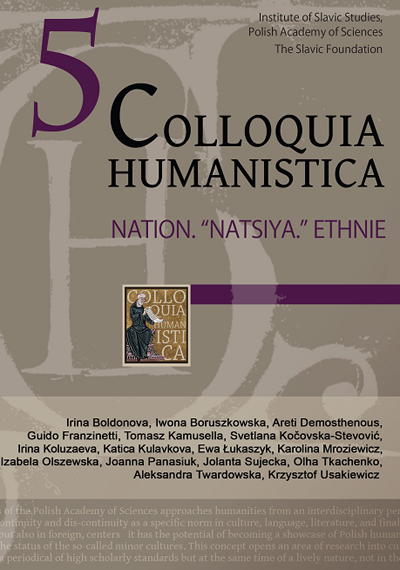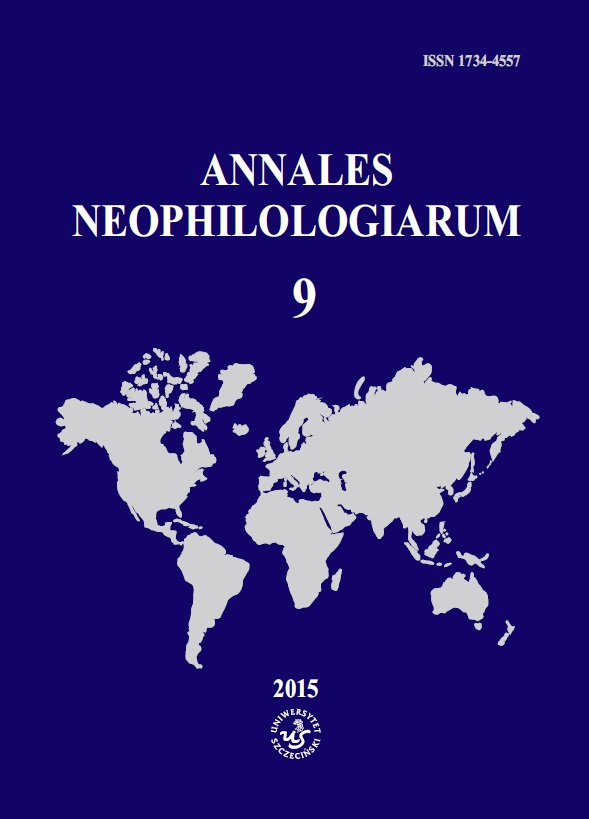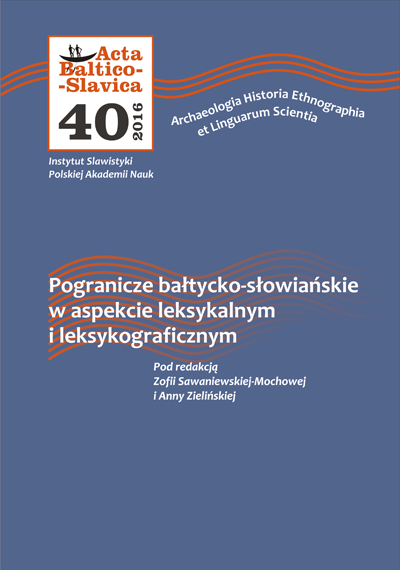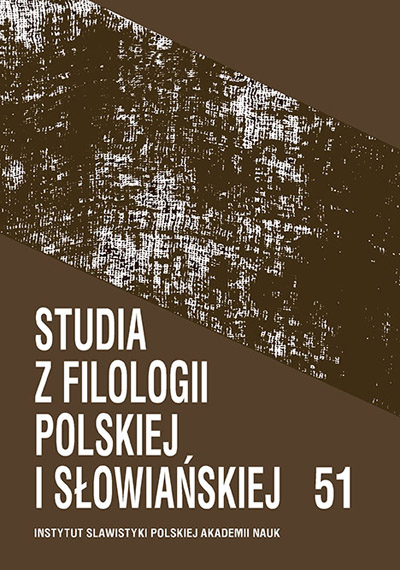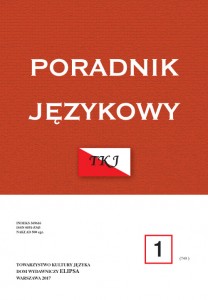POEZİYA DİLİNDƏ OMONİMLƏRİN ÜSLUBİ İFADƏ TƏRZİ
In article stylistic features of the homonyms reflected in language of the Azerbaijan poetry are considered. The author on an extensive material investigates poetic and stylistic forms of expression of homonyms. The samples resulted from the Azerbaijan poetry brightly shows poetical-communicative force, a lexical-semantic originality of the homonyms used for expression of an art plan of the author.
More...
